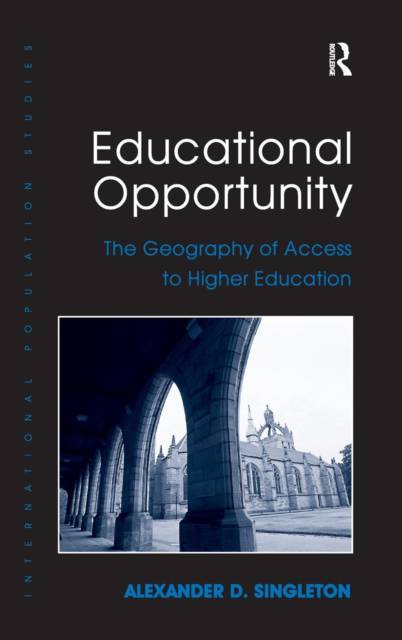
- Afhalen na 1 uur in een winkel met voorraad
- Gratis thuislevering in België vanaf € 30
- Ruim aanbod met 7 miljoen producten
- Afhalen na 1 uur in een winkel met voorraad
- Gratis thuislevering in België vanaf € 30
- Ruim aanbod met 7 miljoen producten
Zoeken
€ 290,45
+ 580 punten
Uitvoering
Omschrijving
While in recent years the burgeoning Higher Education (HE) sector has been set an agenda of widening participation, few HE institutions have strategies in place for reaching the full range of potential students most likely to benefit from (and successfully complete) their current subject and course offerings. Universities and colleges are often unsystematic in the ways in which they identify schools and colleges for outreach and widening participation initiatives, and sometimes uncoordinated in how they present the full institutional profile of subjects of study in these activities. Using innovative methodology, this book sets out some relevant aspects of the changing HE policy-setting arena and presents a systematic framework for broadening participation and extending access in an era of variable fees. In particular, the book illustrates how HE data and publicly available sources might enable institutions to move from piecemeal analysis of their intake to institution-wide strategic and geographical market area analysis for existing and potential subject and course offerings.
Specificaties
Betrokkenen
- Auteur(s):
- Uitgeverij:
Inhoud
- Aantal bladzijden:
- 218
- Taal:
- Engels
- Reeks:
Eigenschappen
- Productcode (EAN):
- 9780754678670
- Verschijningsdatum:
- 23/09/2010
- Uitvoering:
- Hardcover
- Formaat:
- Genaaid
- Afmetingen:
- 156 mm x 234 mm
- Gewicht:
- 485 g

Alleen bij Standaard Boekhandel
+ 580 punten op je klantenkaart van Standaard Boekhandel
Beoordelingen
We publiceren alleen reviews die voldoen aan de voorwaarden voor reviews. Bekijk onze voorwaarden voor reviews.











